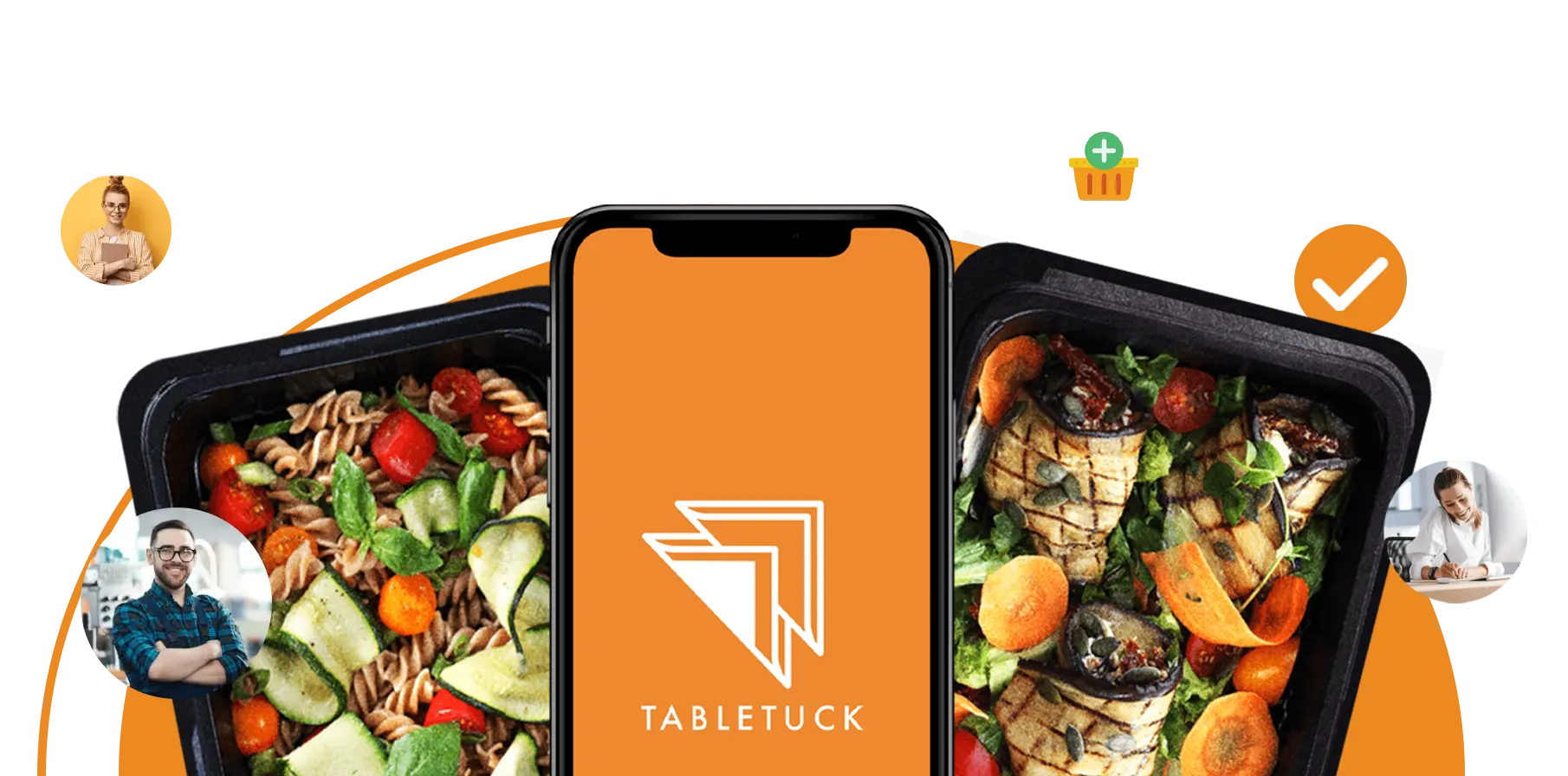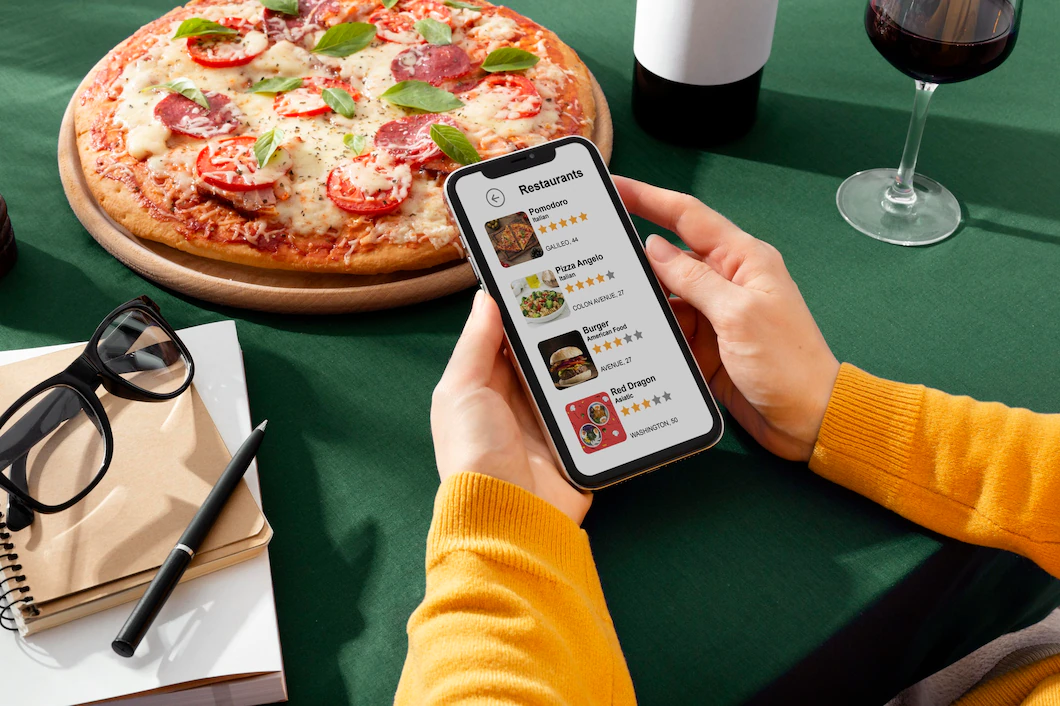Digital Kitchens: Revolutionizing Restaurants and the Future of Food Delivery





In today's fast-paced world, convenience and efficiency have become paramount. This holds especially true in the realm of dining and food consumption. With the advent of digital technology, the restaurant industry has undergone a significant transformation, giving rise to the concept of "Digital Kitchens." These innovative kitchens are reshaping the way we think about dining, food delivery, and the overall restaurant experience. In this blog post, we'll explore the rise of digital kitchens and how they are poised to become the future of restaurants and food delivery services.
Digital kitchens, also known as cloud kitchens, virtual kitchens, or ghost kitchens, are a revolutionary concept that leverages technology to streamline restaurant operations and food delivery processes. These kitchens operate without a traditional dine-in space and focus solely on fulfilling online orders for delivery or takeout. This model allows restaurants to bypass the challenges associated with running a physical dining establishment while optimizing their delivery services.

The ecosystem of digital kitchens encompasses a multitude of players, each contributing to the seamless functioning of the delivery process. Here's a breakdown of some key elements:
Companies that specialize in food delivery services act as intermediaries between digital kitchens and consumers. Popular platforms like Uber Eats, DoorDash, Tabletuck and Grubhub provide a marketplace where customers can browse menus, place orders, and have food delivered to their doorstep.
Digital kitchens often offer a curated selection of dishes optimized for delivery. These menus are designed to ensure that the food remains fresh, flavorful, and presentable even after traveling a certain distance.
Well-established restaurants may choose to expand their reach by collaborating with digital kitchen networks. This allows them to cater to a wider audience without the need for additional physical locations.
Digital kitchens rely on technology to manage orders efficiently. Orders are received digitally, and kitchen staff work diligently to prepare meals promptly. This streamlined process reduces wait times and enhances overall customer satisfaction.
The surge in the popularity of digital kitchens is not without reason. There are several compelling advantages associated with this innovative approach to dining and food delivery:
Operating a traditional restaurant involves substantial costs related to real estate, decor, and staff for front-of-house operations. Digital kitchens eliminate these overheads, allowing businesses to allocate resources more efficiently.
Digital kitchens enable restaurants to expand their reach beyond their immediate physical location. They can cater to customers who were previously outside their delivery radius, thereby tapping into new markets.
The digital kitchen model is highly adaptable. New menus can be introduced swiftly based on market trends and customer preferences. This flexibility ensures that restaurants stay relevant and appealing.
The digital nature of these kitchens provides valuable data insights. Restaurants can analyze customer behavior, order patterns, and popular menu items. This data-driven approach informs strategic decisions and helps refine offerings.
By focusing solely on delivery and takeout, digital kitchens minimize the need for customers to wait for a table or their food to be prepared. This convenience aligns well with the fast-paced lives of modern consumers.
While the concept of digital kitchens presents numerous advantages, it also comes with its set of challenges:
As the popularity of digital kitchens grows, the competition within the space intensifies. Restaurants must find ways to differentiate themselves and offer unique value propositions to attract and retain customers.
Maintaining food quality during the delivery process is a critical concern. Ensuring that meals are delivered hot, fresh, and in pristine condition is essential for customer satisfaction.
The absence of a physical dining space might lead to a diminished sense of the overall dining experience. Restaurants need to focus on creating a positive and memorable customer journey, even in the absence of traditional ambiance.
Digital kitchens rely heavily on technology for efficiently managing orders, communication, and data analysis. Technical glitches or outages could disrupt operations and impact customer trust.
As the digital kitchen model evolves, regulations and guidelines regarding food safety, hygiene, and licensing might need to be adapted to accommodate this new form of food delivery.
The rise of digital kitchens marks a significant shift in the restaurant industry's landscape. With their emphasis on efficiency, convenience, and adaptability, these kitchens are reshaping how we approach dining and food delivery. As technology continues to evolve, we can expect digital kitchens to become even more sophisticated, addressing current challenges and pioneering new innovations. The future of restaurants and food delivery undoubtedly rests on the foundation of digital kitchens, and their ongoing development promises to redefine the culinary experience for both businesses and consumers alike.
In a world where best food delivery services are at the forefront of consumer preferences, embracing the potential of digital kitchens could be the key to staying ahead in the competitive food industry. As the digital kitchen revolution continues, we eagerly anticipate the delectable possibilities it will bring to our plates.
Digital kitchens, also known as cloud kitchens or ghost kitchens, are innovative culinary spaces that operate exclusively for fulfilling online orders. These kitchens lack a physical dine-in area and focus solely on preparing meals for delivery or takeout, optimizing the food delivery process.
Digital kitchens leverage technology to receive online orders, manage menus, and coordinate food preparation. They often collaborate with food delivery platforms, receiving orders through these platforms and streamlining the process to efficiently prepare and deliver meals to customers.
For consumers, digital kitchens offer convenience by providing quick access to a variety of cuisines and dishes through food delivery services. For restaurants, these kitchens offer cost-efficiency, expanded market reach, and adaptability to changing consumer preferences without the overhead of traditional dine-in spaces.
The quality of food from digital kitchens largely depends on the restaurant's commitment to maintaining high standards during the delivery process. To ensure meals are delivered in optimal condition, digital kitchens often create specialized menus designed to withstand the rigors of delivery, focusing on taste, presentation, and freshness.
Digital kitchens do not replace traditional restaurants but offer a complementary approach. They cater to the increasing demand for convenient food delivery and takeout options. Traditional restaurants can also partner with digital kitchens to expand their reach without the need for additional physical locations.
While digital kitchens prioritize efficiency and convenience, some concerns regarding the lack of a physical dining space and ambiance exist. To address this, restaurants operating in the digital kitchen space should focus on creating a positive and memorable customer journey through excellent packaging, personalized touches, and consistent quality to enhance the overall dining experience.
Elevate Your Online Kitchen Order Processing Journey Today.